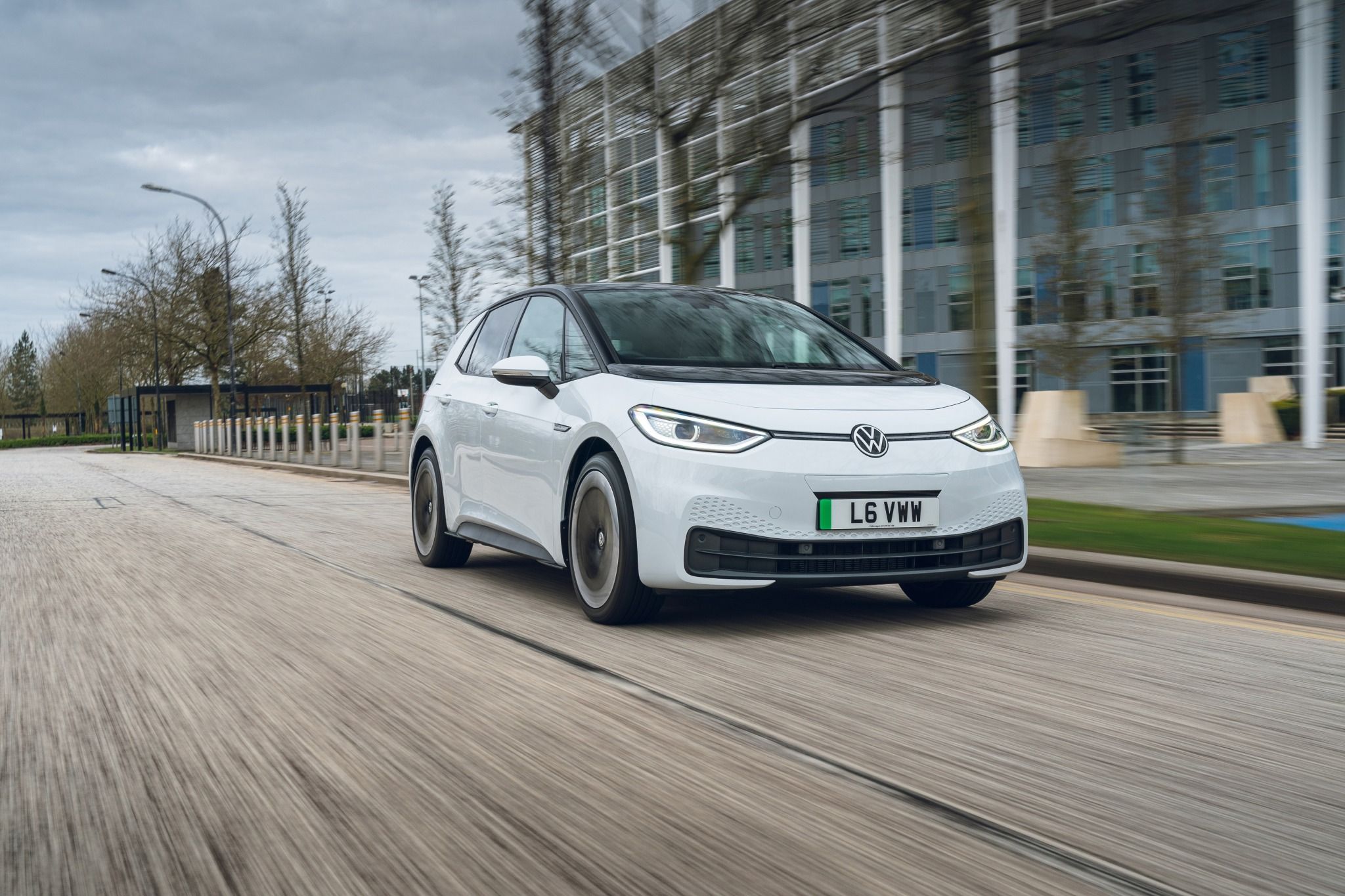Driving an EV for the first time
The electric car segment is growing at an almost alarming pace, with loads of new models arriving on the scene. There are plenty more in the pipeline, too, as manufacturers look to make the switch to an electric future.
But what are these battery-powered cars like to experience for the first time and how do they differ from their petrol or diesel-powered counterparts? Let’s take a look.
Sound
One of the biggest things you notice when you drive an EV for the first time is the complete absence of sound. Even with the quietest of combustion engined cars there’s some background chatter from the motor, but in an electric car this is completely absent.
It takes a little getting used to, in truth, particularly as you often use an engine’s noise to gauge how quickly you’re accelerating. But, for the most part, the quiet cabin of an EV makes things very relaxing indeed.
Throttle
You may have been used to the steady progression that you get when you press the throttle in a petrol or diesel car, but things are much different in an EV. Electric motors deliver their torque instantaneously, which means that as soon as you press the throttle you’re off, without delay. In fact, compared with a usual petrol or diesel car, even the less powerful EVs feel surprisingly quick.
You get used to it, however, and this quick acceleration soon is an advantage when it comes to finding gaps in traffic or when merging onto the motorway.

Brakes
Because of regenerative braking, you don’t tend to use an electric car’s brakes quite as much as you would on a ‘regular’ car. Regen braking essentially works by reversing the electric motor during periods of deceleration, with this process then feeding energy back into the battery.
It’s quite strange to begin with, but you soon get used to it. Lift off the accelerator and the car will naturally start to slow down. On most EVs, you’ll only really need to trouble the brakes during an emergency stop or to properly bring the car to a halt.

Charging
Charging is, of course, central to the electric car experience. The easiest way to top up an EV is with a home charger as you’ll simply return to your house, plug in and you’re off. However, that isn’t possible for all drivers as you’ll need off-road parking.
Public charging is certainly improving, with thousands more charge points appearing during the last two years alone. There are far more high-powered chargers, too, which bring quicker speeds and less waiting around.

Space
Particularly with cars built to be electric from the ground-up - like the Volkswagen ID.3, for instance - you’ll notice that you get quite a lot of interior space. It’s because manufacturers have been able to design these cars with clever fitment of the battery, usually right in the bottom of the car, which helps to free up interior space.
This means that compared with a ‘standard’ petrol or diesel car, you’ll likely get a lot more space than you might think.
